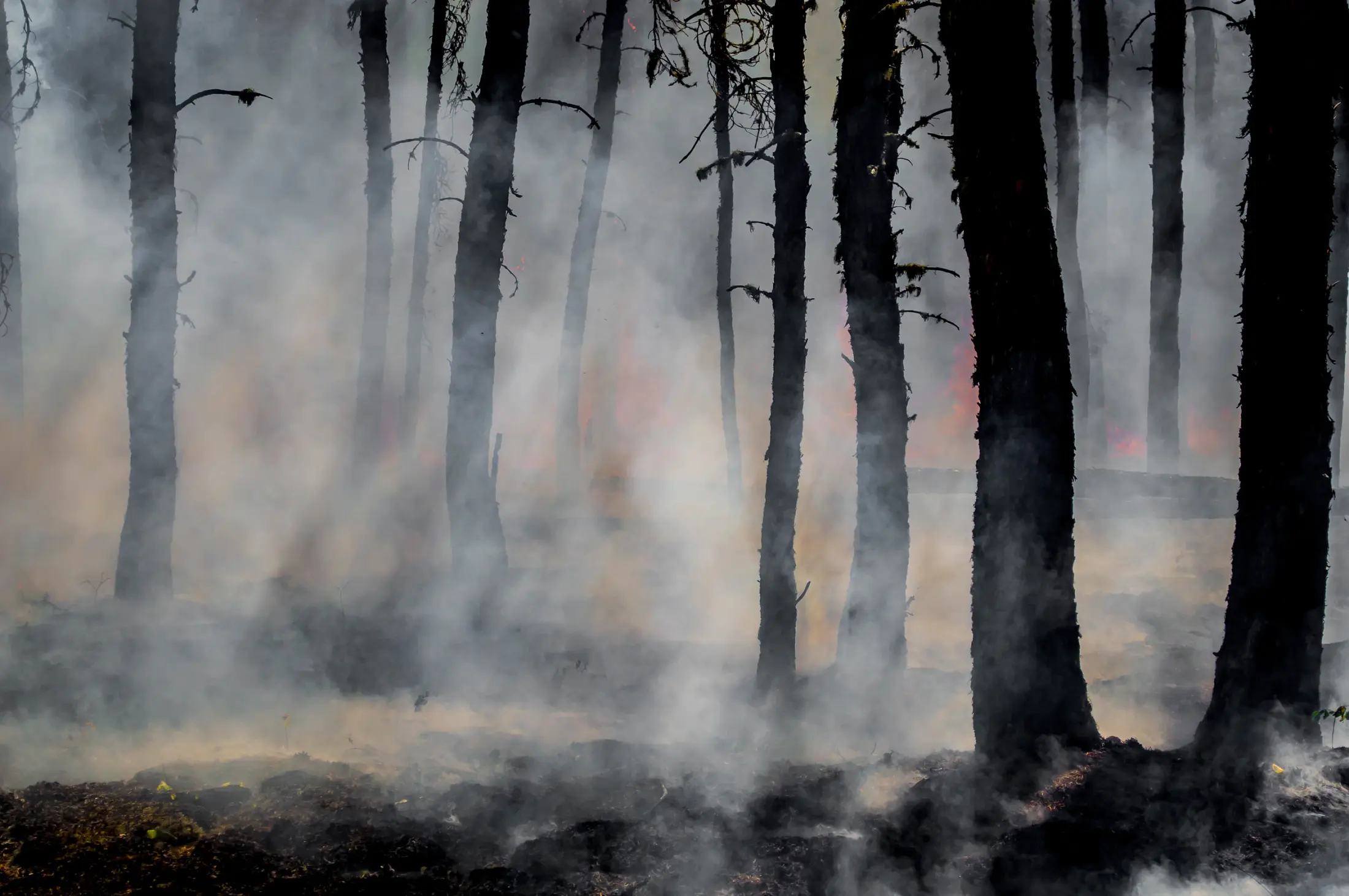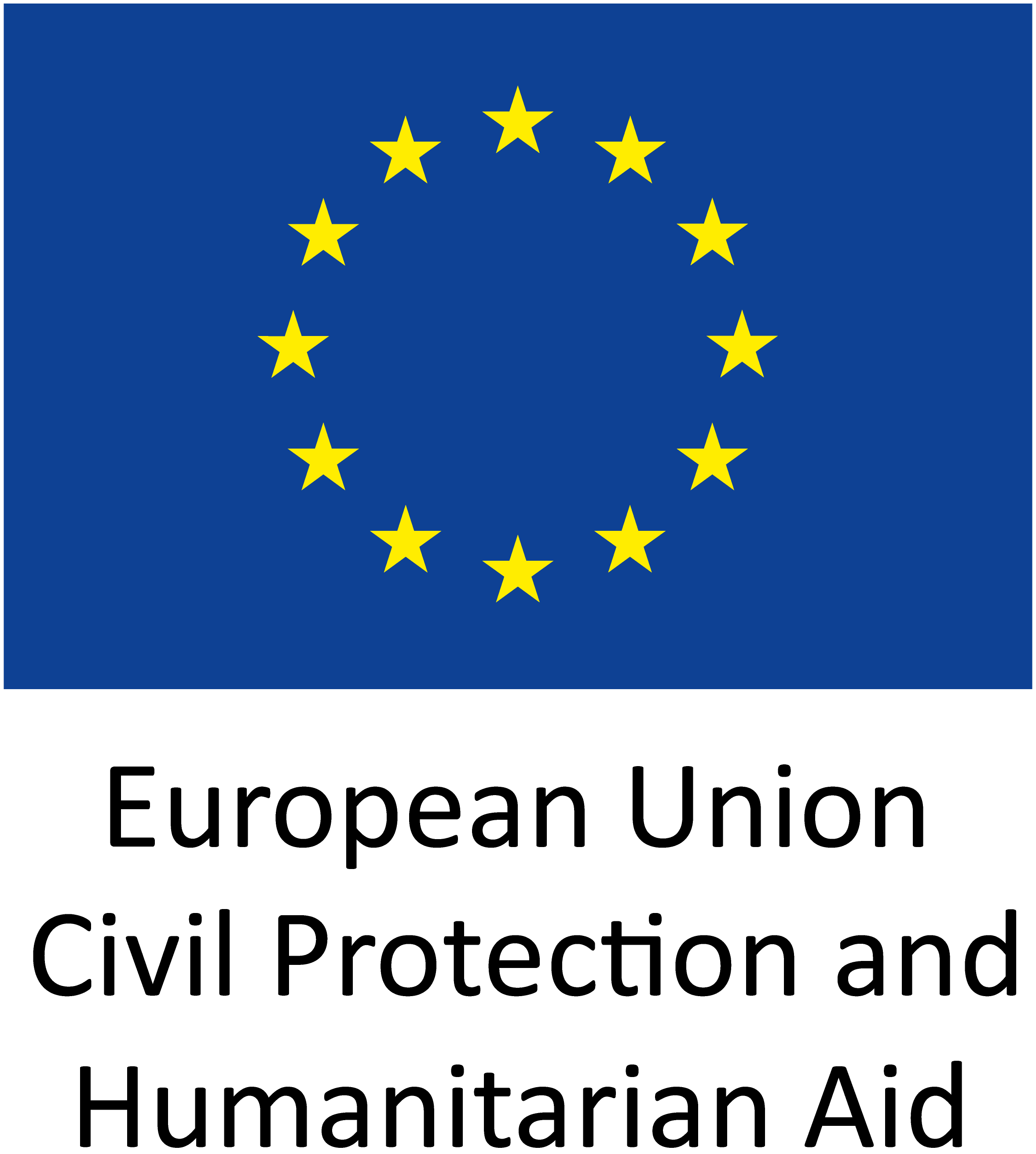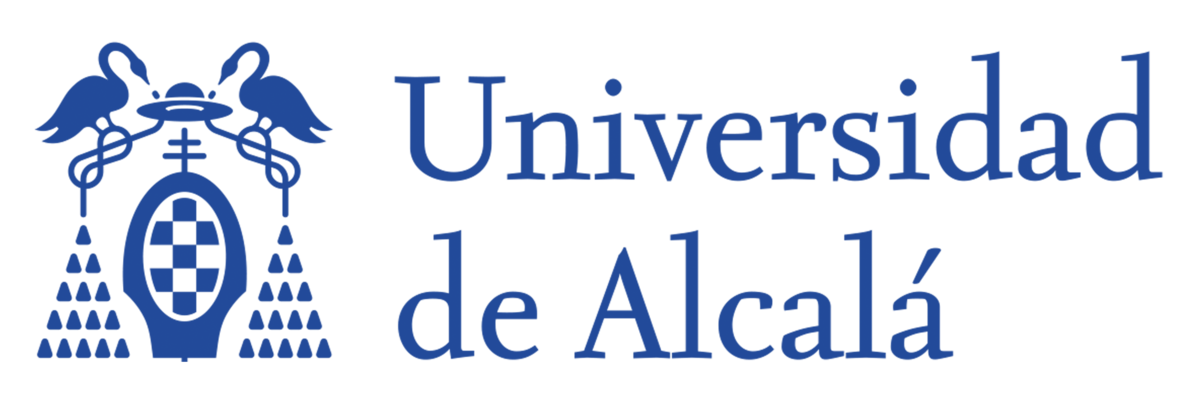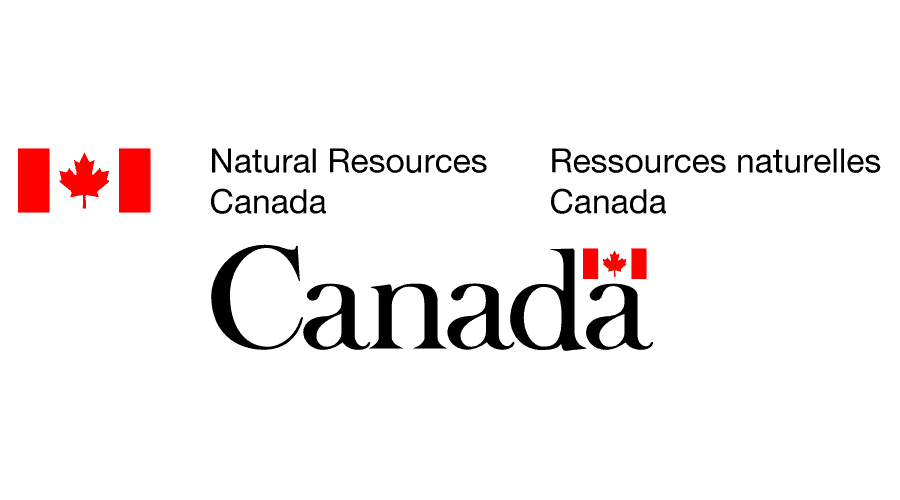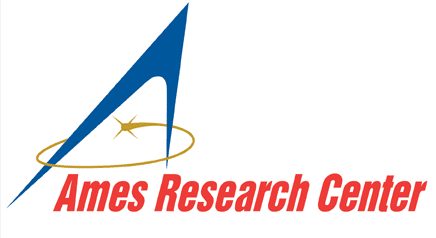The Challenge
Despite the increasing frequency and severity of wildfires, there is a stark lack of comprehensive and accurate wildfire information at the global level. Efforts to collect information at national level to regional levels have shown that this endeavor is very difficult. Additionally, different countries have different definitions of forests and wildfires, making it even more difficult to gather global information by aggregating ground-collected information.
The Solution
The Global Wildfire Information System (GWIS) is the only system in the world that provides near-real time and historical information and data on wildfires at the country and sub-country levels for all countries. GWIS offers fire danger forecasts up to 10 days ahead of a given date. The system provides the near-trends of active fires, burnt areas, wildfire emissions, and thermal anomalies. It also provides data on how a fire impacted land cover and protected areas.
GWIS provides the following services:
- Fire danger forecast: The GWIS fire danger forecast module provides forecast maps from 1 to 9 days of fire danger levels.
- Thermal anomalies.
- Country profiles: Country profiles include information about the cropland area, the forest area, and the grass/shrubland area.
- Monthly and seasonal temperature and precipitation anomalies.
- Weekly reports on wildfire activity: These reports describe wildfire trends in a region throughout a specific period as compared with the fire activity in the region in previous fire seasons.
- Near-real-time statistical trends on wildfires: Statistics are provided at the national level and for regions of interest.
- Currently, GWIS runs using the data from:
- Copernicus Atmosphere Monitoring Service & Global Fire Assimilation System (ECMWF)
- TERRA & ACQUA (NASA)
- VIIRS (NASA/NOAA/SNPP)
